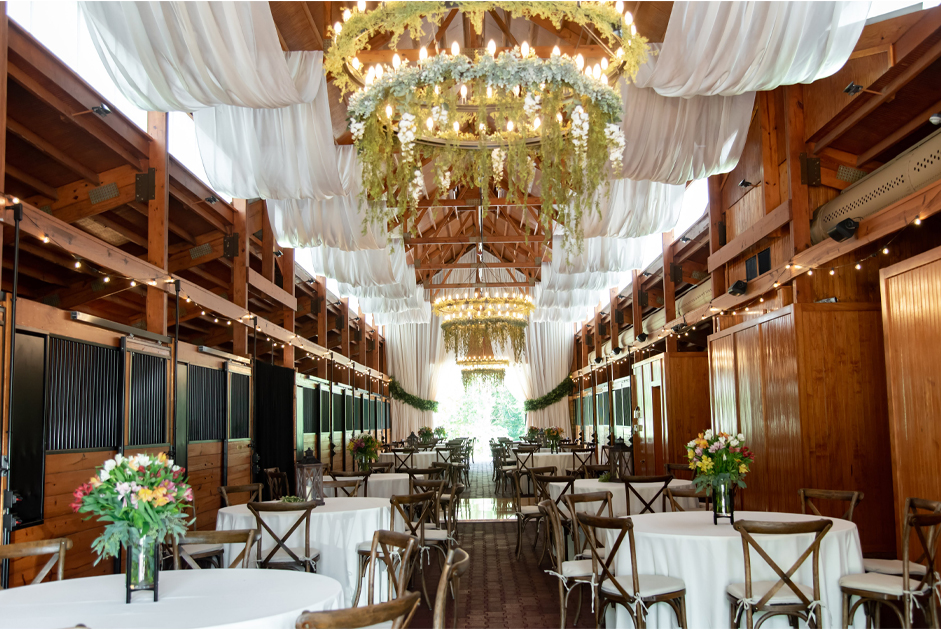Meetings are probably necessary to get things done, but you may have noticed that most of them aren’t too great. “I wish there could be more meetings,” said no one ever.
Here are some of the problems with meetings:
- Trying to come up with something to talk about.
- Just sharing what’s going on (without any context for how/why).
- Information sharing only. Could be a memo!
- No agenda.
- Too many agenda items.
- People on devices.
- Too many of them!
Meetings are also very expensive. Think about all the salaries of people in the room that are being applied to time spent in the meeting. They can be one of the organization’s biggest expenses if not managed well.
Five Ways to Make Meetings More Meaningful
1. Determine if you need a meeting – and, if so, who needs to be there.
Is the meeting for brainstorming, training that needs to be done in person or making a decision? If yes, you probably need to have the meeting.
Is it for sharing information? If so, you probably don’t need to have a meeting and can find a better way to relay the information. Have you ever heard people say, “That meeting could have been a memo.” – if it’s just for sharing information, it probably could be.
And, oftentimes, we involve too many people in meetings because we don’t want to leave anyone out.
The DAI model helps determine who needs to be there.
- Decision Makers
- Advice Givers
- Informed Stakeholders
Only the Ds and As are needed at the meeting. You can work on informing the Is afterward.
2. Establish ground rules.
These are written or understood guidelines on communication, technology, decision-making and the overall culture of your meetings. Ground rules might look something like this:
- Prioritize attendance.
- The Vegas rule – maintain confidentiality about what is shared in the meeting.
- Put phones away.
- Close down email and apps that send alerts.
- Don’t interrupt.
- Offer ideas.
Give your full and undivided attention.
3. Share purpose and agenda in advance.
“No agenda, no attenda”…Cameron Herald
Developing an agenda for each meeting is important, but it’s important to make it an effective one! It is good practice to send it out in advance so that people know what to expect.
A good agenda includes the purpose and goal of the meeting, along with start and end times. It presents an outline that includes discussion points, brainstorming and the like. It specifies what decisions need to be made and by whom, and how much time is needed for each agenda item.
4. Facilitate well.
It’s important to facilitate meetings well to keep everyone on track with the agenda and make sure everyone has the opportunity to share. During the meeting, it’s important to read the room by observing your audience (verbal and non-verbal cues); limiting your talking; engaging the audience; being a role model in tone, body language and energy level; and asking open-ended questions.
5. End with clear action items.
Articulate clear action items and accountabilities at the end of the meeting, and follow up with documentation shortly thereafter.



















